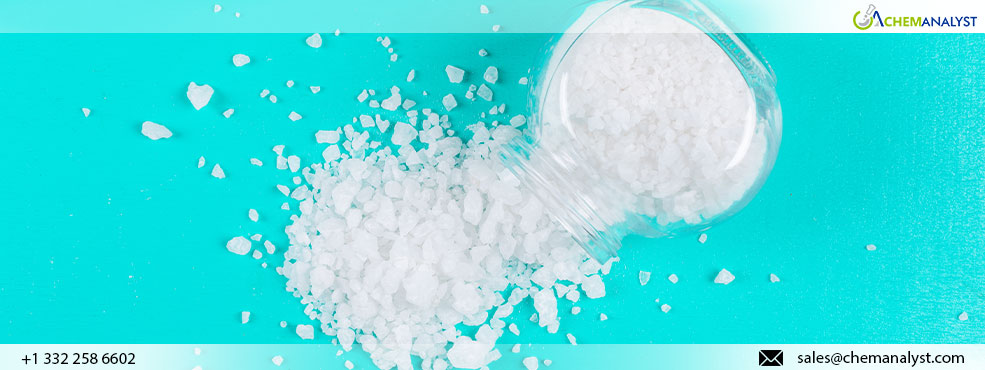North American Penicillin G Sodium Prices to Surge amid Strong Purchasing Sentiments
- 04-Sep-2024 2:49 PM
- Journalist: Rene Swann
In a concerning development for the North American pharmaceutical industry, import prices for Penicillin G Sodium are expected to rise sharply in the coming months. This essential antibiotic, crucial in treating various bacterial infections, faces upward price pressure due to a complex interplay of economic factors and global market trends.
Industry analysts point to several key drivers behind this price surge. Firstly, the increasing incidence of bacterial infections, particularly those susceptible to Penicillin G Sodium, is likely to drive its demand, continuing to impact the pharmaceutical sector. Along with this, anticipation of varying trading sentiments is expected to affect overall logistics, leading to increased shipping costs and longer lead times, contributing to the overall price inflation of imported goods, including Penicillin G Sodium. This factor is likely to be exacerbated by the approaching winter season in the Northern Hemisphere. As per the market experts, historically, demand for antibiotics tends to rise during colder months due to increased incidence of respiratory infections. This seasonal spike in downstream consumptions for Penicillin G Sodium, coupled with the already strained supply, is anticipated to push prices even higher, thereby reinforcing the future market trend, leading traders to procure sufficient amount of inventories.
The economic implications of Penicillin G Sodium’s and other related antibiotics' price surge extend beyond the pharmaceutical industry. Healthcare providers and patients alike may feel the impact, as higher import costs could translate to increased prices for Penicillin G Sodium-based treatments. This raises concerns about healthcare accessibility, particularly for lower-income populations. In response to these market pressures, rising costs associated with feed materials, including fermenters and other key inputs, continue to influence the overall pricing of downstream Penicillin G Sodium across producing nations, thereby supporting a northerly trend in overall costs.
Additionally, fluctuations in currency exchange rates can influence the cost of imported materials and finished products such as Penicillin G Sodium. As of the previous month, the further anticipated depreciation of the US dollar against the currencies of exporting nations is likely to add another factor supporting higher import costs of Penicillin G Sodium across various regions, including North America. As the situation unfolds, stakeholders across the North American healthcare sector are closely monitoring global market trends and exploring strategies to ensure a stable supply of this critical antibiotic. The coming winter months will be crucial in determining the full extent of the price increases concerning the Penicillin G Sodium and their impact on the healthcare landscape.



